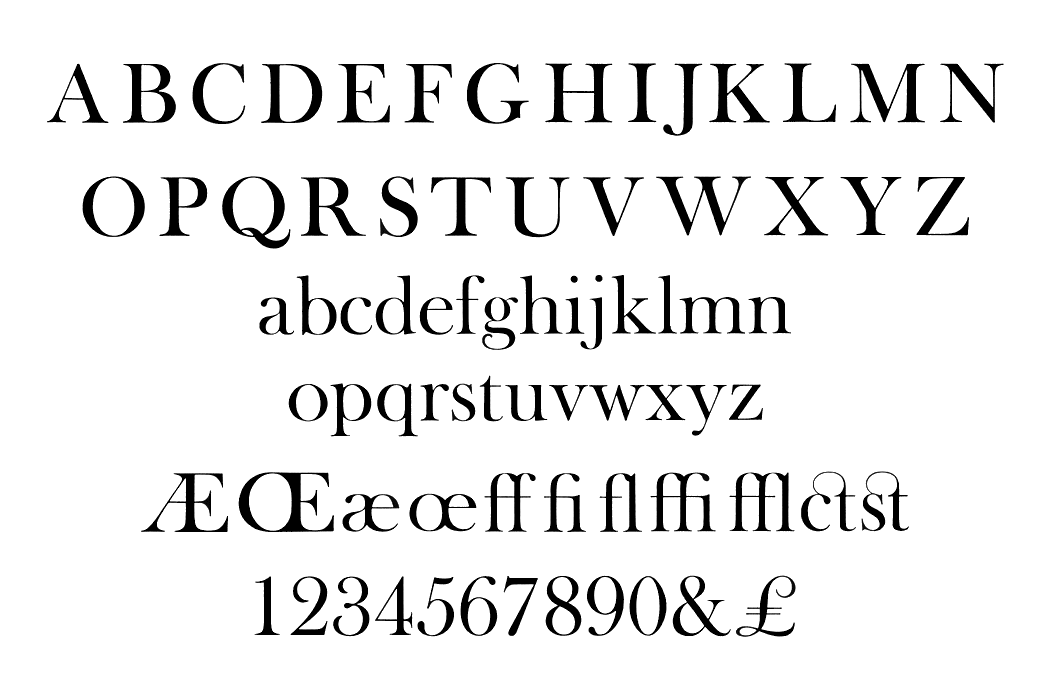

Using a black background and a vivid hot pink gave the design contrast and made it look really modern and eye catching. I typed out my text how I wanted it (I used the words Fresh, energetic, youthful, fun and lively as this is how the typeface was described on Adobe Fonts) and I repeated the words across the page, I converted them all into shapes so that I could adjust the colours further and move elements if I needed to. The first page was inspired by the Louis Vuitton design and I had the vision of the first page filled with pure type. I started off by designing the left side page first. I designed and created most of my design for this using Illustrator and Photoshop. Images from my Pinterest account Digital Development As well as reminding me of the Louis Vuitton designs it also reminded me of some Chanel bottle designs that I have seen and pinned on Pinterest, luckily Chantal is a play on words with Chanel so I chose to do a fun, gimmicky play on Chanel with Chantal!Ĭhantal seems to me to be a typeface that doesn’t take itself too seriously! It looks like it has a lot of fun! I really enjoyed designing these pages for Chantal, it is probably one of y favourite layouts and it is definitely a typeface I shall use in my future designs! I found this one called Chantal which from first sight gave me lots of idea what I could do for the design for it in my specimen book!Ĭhantal was designed by Rian Hughes in England, other than the designer there is limited other information about the typeface so I designed the layout for the pages how I thought the typeface should be used and interpreted the typeface in my own way.įrom first sight looking at Chantal it instantly made me think of a Louis Vuitton design that was used on handbags a few years back and also on some of their shop displays, I thought I could recreate a similar thing for my design.

I started by looking at Adobe fonts on Typekit. When it comes to decorative/ fun or “gimmicky” typefaces I am not very knowledgeable! In my work I mostly use Sans-Serif which is why I have made my specimen book “Sans heavy”! For this section of my specimen book I had to do my research and look into different typefaces that I could use for decorative fonts. The final design and layout is very simplistic and minimalist but I think it keeps an old fashioned traditional feel with a much more modern look. Digital DevelopmentĪfter doing much digital design development I realised (many hours later!) that the layout looked far better with just the ampersand.

I also used the quote to show off the different weights, variations and pt.

“Bridging the gap between old style and modern type” was a quote I found that summarises Baskerville and that was the same feel that I wanted to carry through my design. I decided to use that in the design as it adds that old traditional feel but with a modern twist. When I did my research on Baskerville, it is well known for its glamourous looking ampersand which I instantly recognised from the V&A logo. I also changed the name “Drawing book” to “Baskerville” in Photoshop. I changed the colour of the Cherub image to try and make it look more modern. However, when I was scanning them in, the cover of one of the sketchbooks fell apart (they had been covered in brown paper) and underneath the brown paper was an old Edwardian/Victorian Cherub image with the words “Drawing book” I thought that would be a good idea to bring into my design but change the words “Drawing book” to “Baskerville” inside are all clothing patterns that have been drawn, there are blank pages that appear in the book though which are quite yellow and mottled with age and my initial idea was to scan these pages in to use as textures for my design. I feel like I spent ages doing this design because I messed around with one idea trying to perfect it all day and then decided in the evening that the simplified version would be much better! I wanted to keep the old fashioned style but still try and bring in a modern vibe!Īt home I have some old sketchbooks from 1905. My original idea was to create an old book and then incorporate Baskerville typeface and the characters into it. My idea for this design was to create a layout representing book design. John Baskerville wanted to create books of the greatest possible quality and his typeface certainly made this happen. Baskerville was inspired by Calligraphy and the typeface was and still is very popular in book design. Baskerville typeface showed contrast between thick and thin strokes and making serifs sharper and more tapered. Baskerville was designed in the 1750s by John Baskerville in Birmingham, UK. I started off my Serif typefaces with Baskerville.


 0 kommentar(er)
0 kommentar(er)
